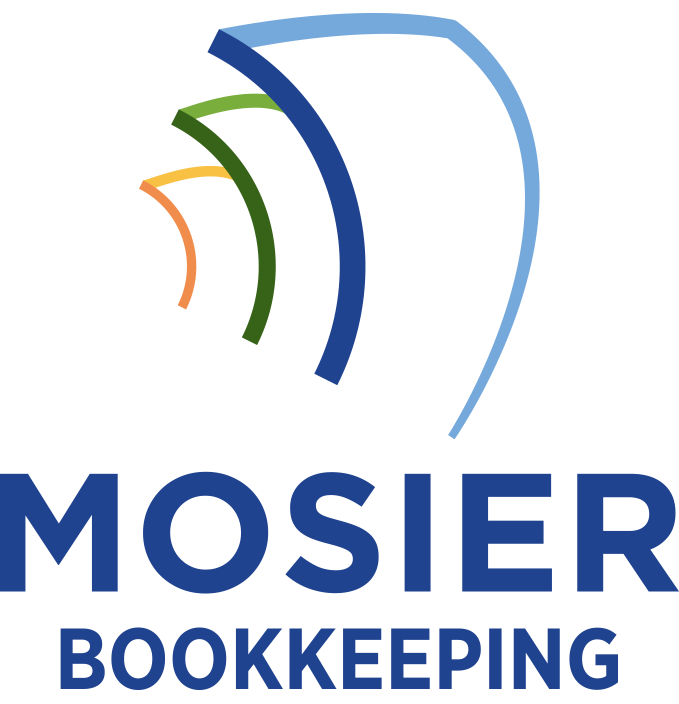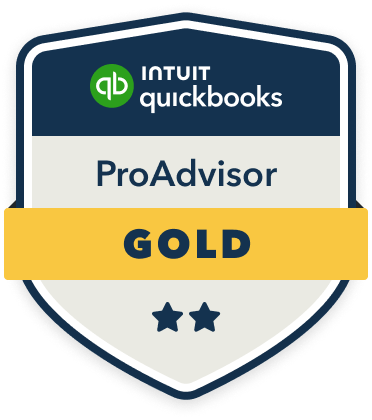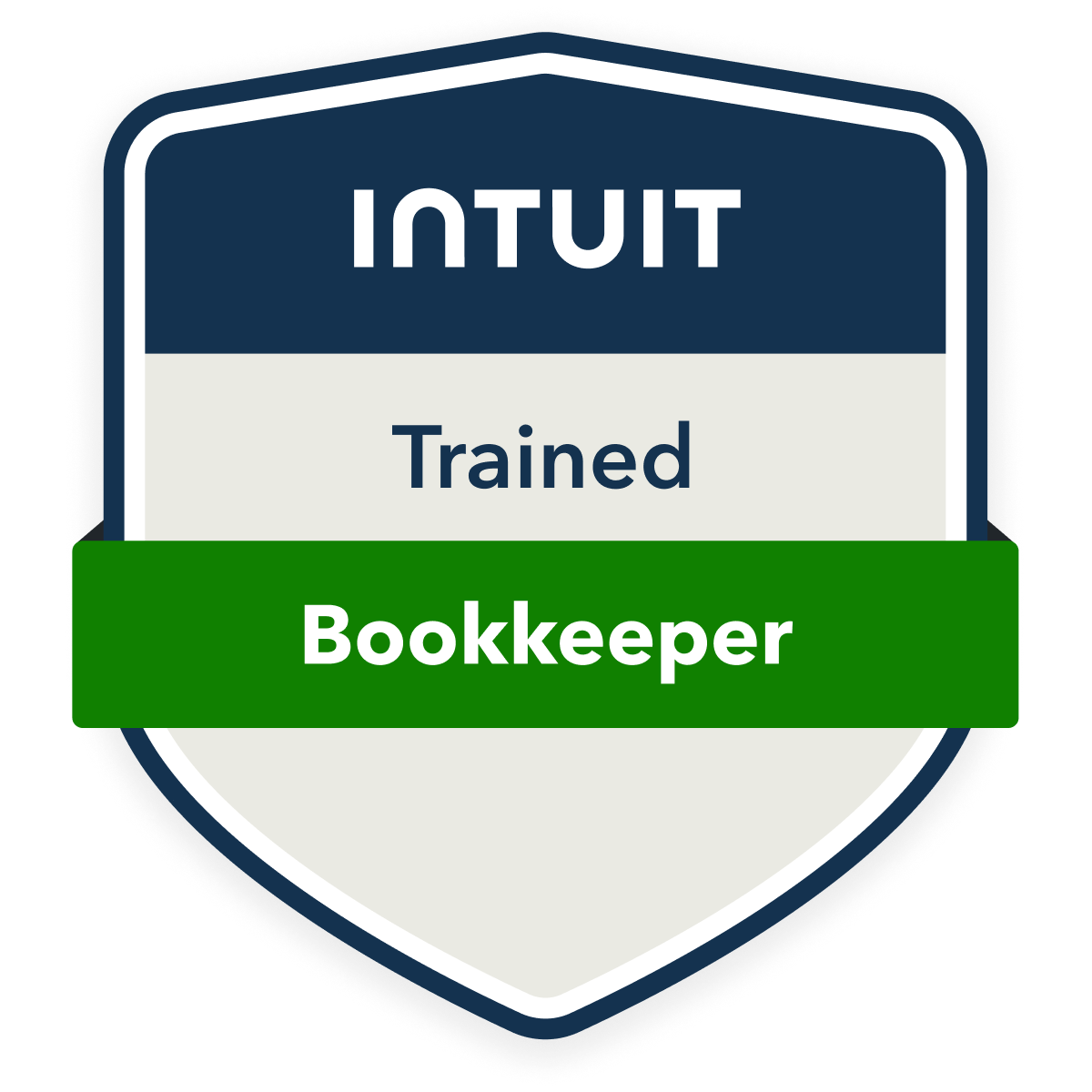To handle e-commerce bookkeeping effectively, I recommend setting up a detailed chart of accounts that tracks your revenue streams, COGS, and operating expenses across all sales channels. You’ll need to implement daily inventory tracking, monitor marketplace fees, and reconcile payment processor transactions. I suggest using accounting software like QuickBooks Online or Xero with integrated payment processing to automate data entry and reduce errors. Let’s explore the essential tools and processes to optimize your e-commerce accounting operations.
Setting Up Your E-commerce Chart of Accounts

Successfully managing an e-commerce business starts with a well-structured chart of accounts that reflects your unique digital sales model. I’ll guide you through establishing core account categories: revenue streams (product sales, shipping charges, marketplace fees), cost of goods sold (inventory, packaging, fulfillment costs), operating expenses (platform subscriptions, payment processing fees, digital marketing), and assets (inventory, merchant accounts).
I recommend creating separate sub-accounts for each sales channel and payment processor you use. This granular structure enables you to track performance metrics, monitor cash flow, and make data-driven decisions. You’ll gain precise control over your financial operations and scalability potential.
Tracking Multi-Channel Revenue and Payment Processors
Modern e-commerce businesses juggle multiple sales channels and payment processors, creating complex revenue streams that require systematic tracking. I recommend implementing a robust system to ascertain and reconcile your revenue data effectively.
- Map each sales channel (Amazon, Shopify, eBay) to dedicated sub-accounts in your accounting system
- Track payment processor fees (Stripe, PayPal, Square) separately to monitor transaction costs
- Reconcile daily sales reports against bank deposits to catch discrepancies early
- Document marketplace-specific fees and commissions to understand true profit margins
This structured approach guarantees accurate revenue recognition and provides clear visibility into your business’s financial performance across all channels.
Managing Inventory and Cost of Goods Sold

I’ll show you three critical elements for managing your e-commerce inventory and COGS effectively. You need to implement a daily stock tracking system that syncs with your sales channels and alerts you to discrepancies or low inventory levels. By meticulously recording your purchase order costs and regularly calculating your product margins, you’ll maintain accurate financial records and identify which products deliver the highest profitability for your business.
Tracking Stock Levels Daily
Daily stock tracking forms the backbone of effective e-commerce bookkeeping, particularly when managing inventory and calculating the cost of goods sold (COGS). I recommend implementing a robust daily tracking system that empowers you to maintain precise control over your inventory investments.
- Configure your e-commerce platform to send real-time stock alerts when inventory reaches predetermined thresholds
- Reconcile physical inventory counts with digital records to identify discrepancies
- Document all stock movements, including returns, damages, and transfers between warehouses
- Generate daily reports comparing actual stock levels against projected sales volumes
This systematic approach strengthens your financial oversight and optimizes inventory management decisions.
Recording Purchase Order Costs
After establishing solid stock tracking procedures, accurate purchase order cost recording becomes the next pivotal component of your e-commerce bookkeeping system. I’ll show you how to master this vital financial process.
| Cost Element | Recording Method |
|---|---|
| Product Cost | Per-unit basis |
| Shipping | Direct allocation |
| Customs Fees | Import declaration |
| Storage | Monthly proration |
| Handling | Activity-based |
I recommend creating separate ledger accounts for each cost element to maintain granular control. When recording purchase orders, I include all ancillary costs to calculate true COGS. This method guarantees I can accurately price products and maintain healthy profit margins.
Calculating Product Margin Accurately
Calculating accurate product margins boils down to mastering your inventory valuation and COGS tracking. I’ll show you how to maximize profitability through precise margin calculations that drive strategic pricing decisions.
- Track all direct costs, including product cost, shipping, customs, and handling fees
- Implement a consistent inventory valuation method (FIFO, LIFO, or weighted average)
- Monitor variable costs that impact per-unit margins like packaging and marketplace fees
- Calculate true margins by incorporating overhead allocation percentages
I recommend using automated inventory management software to maintain real-time margin visibility. This empowers you to make data-driven pricing adjustments and identify your most profitable SKUs instantly.
Reconciling Marketplace Fees and Expenses
When selling products through online marketplaces like Amazon, Etsy, or eBay, accurate reconciliation of marketplace fees and expenses is critical for maintaining healthy cash flow and precise financial records.
| Fee Type | Impact on Profit | Action Required |
|---|---|---|
| Referral Fees | 8-15% Revenue Loss | Monthly Tracking |
| FBA Fees | Storage + Fulfillment | Weekly Review |
| Marketing Costs | Variable Impact | Daily Monitoring |
| Return Charges | Unpredictable Loss | Immediate Review |
| Platform Fees | Fixed Overhead | Annual Assessment |
I recommend implementing automated reconciliation tools to track these expenses. You’ll need to separate marketplace fees from your gross sales, categorize each expense type, and verify all deductions match your platform statements.
Essential E-commerce Bookkeeping Tools and Software

I’ll guide you through selecting the right bookkeeping tools for your e-commerce business, starting with popular accounting software like QuickBooks Online, Xero, and FreshBooks. These platforms integrate seamlessly with major e-commerce marketplaces and can automatically track your sales, expenses, and inventory in real-time. For automated payment processing, you’ll want to evaluate tools like Stripe, Square, or PayPal that offer detailed transaction reporting and sync with your chosen accounting software.
Popular Accounting Software Choices
Selecting the right accounting software forms the foundation of effective e-commerce bookkeeping. I’ve found that the most powerful platforms integrate seamlessly with online stores while offering robust financial management capabilities.
Consider these industry-leading solutions:
- QuickBooks Online – Dominates with extensive e-commerce integrations and real-time inventory tracking
- Xero – Excels in multi-currency transactions and cloud-based collaboration
- Sage Business Cloud – Delivers advanced reporting and customizable dashboards
- FreshBooks – Specializes in automated expense tracking and time-saving invoice features
I recommend evaluating each platform’s scalability, integration capabilities, and pricing structure before making your decision.
Automated Payment Processing Tools
Automated payment processing tools streamline your e-commerce bookkeeping by seamlessly capturing and recording financial transactions across multiple sales channels. I recommend integrating robust payment processors that automatically sync with your accounting software.
| Processor | Key Benefits |
|---|---|
| Stripe | Real-time reconciliation, multi-currency support |
| PayPal | Detailed transaction reporting, dispute management |
| Square | Point-of-sale integration, inventory tracking |
These tools eliminate manual data entry and reduce errors in your financial records. You’ll gain instant access to transaction histories, fee breakdowns, and automated receipt generation. I’ve found that businesses using integrated payment processors reduce their bookkeeping time by up to 70%.
Tax Compliance for Online Retail Businesses
While operating an e-commerce business offers flexibility in reaching customers globally, it also brings complex tax obligations that require careful attention. I’ll help you navigate the essential aspects of tax compliance for your online retail business.
Managing your tax obligations effectively requires these critical steps:
- Track sales tax requirements across different jurisdictions where you have nexus
- Implement real-time sales tax calculation tools for accurate collection
- Maintain detailed records of all transactions and tax collected
- File returns on time, including documentation for international sales
I recommend consulting a tax professional to safeguard full compliance with evolving e-commerce tax laws.
